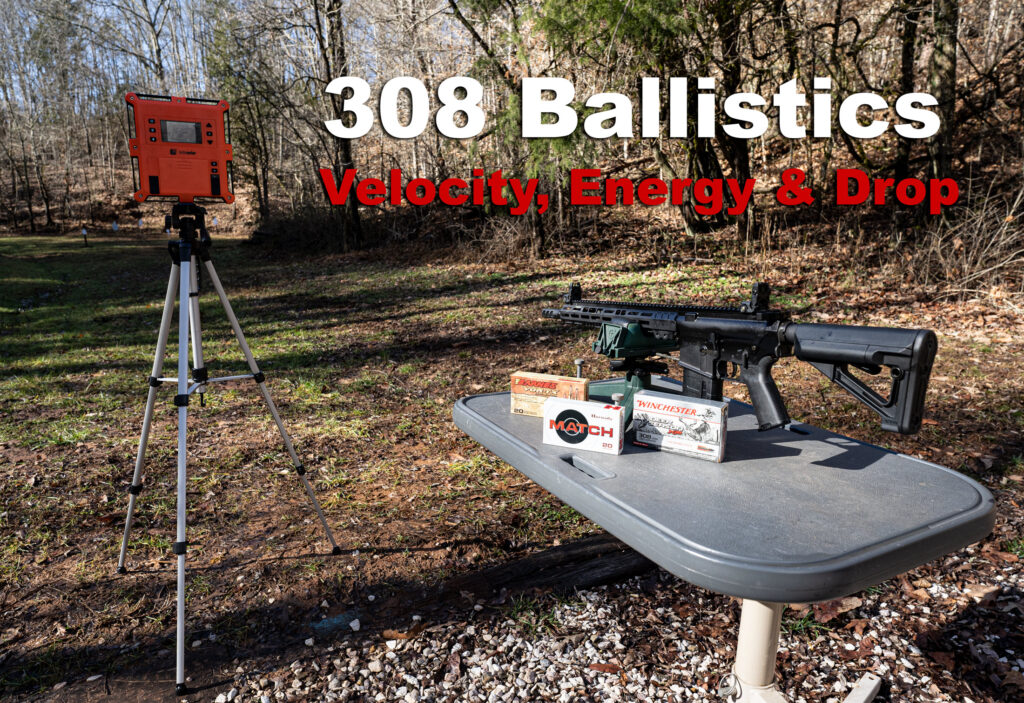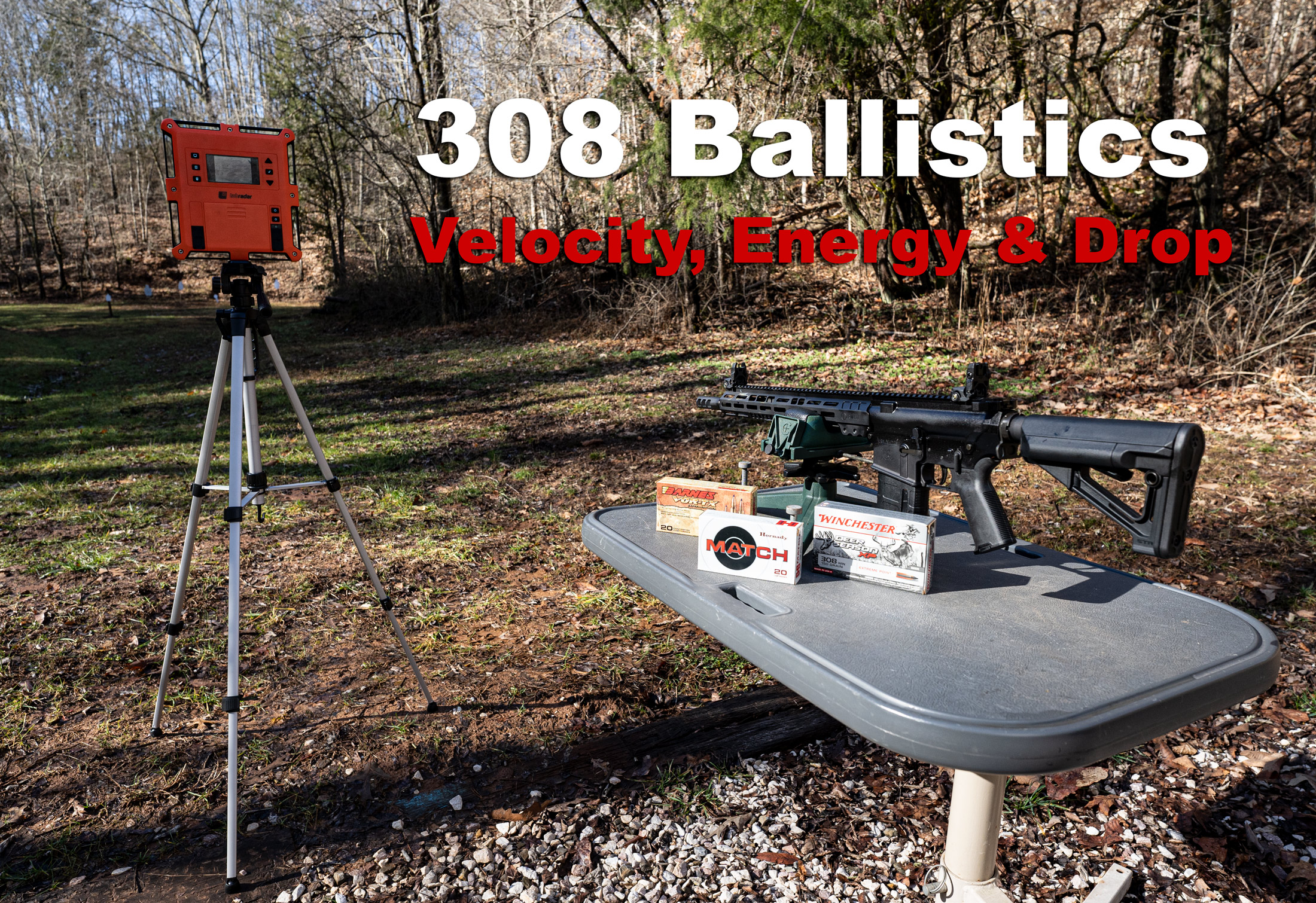
Decoding the Ballistics Chart: A Comprehensive Guide for .308 Shooters
For shooters and hunters who rely on the .308 Winchester cartridge, understanding a ballistics chart 308 is crucial for achieving accuracy at varying distances. A ballistics chart 308 provides a detailed roadmap of your bullet’s trajectory, accounting for factors like velocity, drop, wind drift, and energy. This guide will walk you through the intricacies of reading and utilizing a ballistics chart 308, empowering you to make informed decisions and improve your shooting performance. Whether you’re a seasoned marksman or just starting out, mastering the ballistics chart 308 is an essential skill for anyone using this popular round.
What is a Ballistics Chart?
At its core, a ballistics chart is a table or graph that predicts the path of a bullet in flight. It’s generated using a combination of mathematical models, real-world testing, and specific data related to the cartridge, bullet, and environmental conditions. A ballistics chart 308 specifically focuses on the .308 Winchester round, providing tailored information for shooters using this cartridge.
The chart typically displays the bullet’s trajectory in increments of distance, usually in yards or meters. For each distance, it shows the bullet’s drop (the vertical distance the bullet falls below the line of sight), wind drift (the horizontal distance the bullet is pushed by the wind), velocity (the speed of the bullet), and energy (the kinetic energy of the bullet).
Key Components of a .308 Ballistics Chart
Understanding the different elements of a ballistics chart 308 is essential for interpreting the data accurately. Here’s a breakdown of the key components:
- Distance: The range at which the data is being presented, typically in yards or meters.
- Velocity: The speed of the bullet at a given distance, usually measured in feet per second (fps) or meters per second (m/s). Velocity decreases as the bullet travels downrange due to air resistance.
- Energy: The kinetic energy of the bullet at a given distance, usually measured in foot-pounds (ft-lbs) or Joules (J). Energy also decreases as the bullet travels downrange.
- Drop: The vertical distance the bullet falls below the line of sight, usually measured in inches or centimeters. This is a critical factor for adjusting your sights or holdover when shooting at longer ranges.
- Wind Drift: The horizontal distance the bullet is pushed by the wind, usually measured in inches or centimeters. This is affected by wind speed, wind direction, and the bullet’s ballistic coefficient.
- Time of Flight: The time it takes for the bullet to reach a given distance, usually measured in seconds.
Factors Affecting Ballistics Chart Accuracy
While a ballistics chart 308 provides a valuable prediction, it’s important to remember that it’s based on certain assumptions and ideal conditions. Several factors can affect the accuracy of the chart:
- Bullet Weight and Type: Different bullet weights and designs (e.g., boat tail, hollow point) will have different ballistic coefficients and trajectories.
- Muzzle Velocity: The initial speed of the bullet as it leaves the barrel. This is affected by factors like the firearm, barrel length, and ammunition load.
- Atmospheric Conditions: Air temperature, air pressure, and humidity can all affect the bullet’s trajectory. Higher altitudes, for example, have lower air density, which can result in less bullet drop.
- Wind Speed and Direction: Wind is a significant factor, especially at longer ranges. A ballistics chart 308 typically provides wind drift data for specific wind speeds (e.g., 10 mph).
- Sight Height: The distance between the center of your scope and the center of your bore. This affects the initial trajectory of the bullet.
- Zero Distance: The distance at which your rifle is sighted in (i.e., where the bullet impacts the point of aim).
Creating Your Own Ballistics Chart
While pre-generated ballistics chart 308 resources are readily available, creating your own personalized chart can provide even greater accuracy. Here are a few methods:
Ballistics Calculators
Online ballistics calculators are a convenient way to generate a ballistics chart 308. These calculators allow you to input specific data about your cartridge, bullet, firearm, and environmental conditions. Popular options include:
- Hornady Ballistic Calculator
- Strelok Pro
- Applied Ballistics Analytics
These calculators use sophisticated algorithms to predict bullet trajectory and provide detailed ballistics chart 308 data.
Ballistic Apps
Mobile apps like Strelok Pro and Ballistic AE offer similar functionality to online calculators, but with the added convenience of being accessible on your smartphone or tablet. They often include features like GPS integration, which allows you to automatically input environmental data.
Range Testing
The most accurate way to create a ballistics chart 308 is to conduct live-fire testing at a shooting range. This involves shooting at targets at various distances and recording the actual bullet impact points. This data can then be used to create a custom ballistics chart 308 that reflects the specific performance of your rifle and ammunition.
Using a Ballistics Chart in the Field
Once you have a ballistics chart 308, you can use it to make informed decisions about your aiming point when shooting at different distances. Here are a few tips:
- Memorize Key Data: Familiarize yourself with the bullet drop at common distances (e.g., 100 yards, 200 yards, 300 yards).
- Use a Rangefinder: Accurately determine the distance to your target using a rangefinder.
- Adjust Your Sights: If you have adjustable sights, you can dial in the appropriate amount of elevation based on the ballistics chart 308.
- Use Holdover: If you don’t have adjustable sights, you can use holdover, which involves aiming slightly above the target to compensate for bullet drop.
- Account for Wind: Use your ballistics chart 308 to estimate wind drift and adjust your aiming point accordingly. [See also: Long Range Shooting Techniques]
Common Mistakes When Using Ballistics Charts
Even with a thorough understanding of ballistics chart 308 principles, it’s easy to make mistakes that can lead to inaccurate shots. Here are some common pitfalls to avoid:
- Using Incorrect Data: Make sure you’re using a ballistics chart 308 that is specifically tailored to your cartridge, bullet, and firearm.
- Ignoring Environmental Factors: Don’t forget to account for atmospheric conditions and wind.
- Failing to Verify Your Data: Always verify your ballistics chart 308 at the range to ensure its accuracy.
- Rounding Errors: Be careful when rounding numbers, as small errors can accumulate and lead to significant inaccuracies at longer ranges.
.308 Ballistics Chart Examples and Interpretation
Let’s consider a hypothetical ballistics chart 308 for a 168-grain bullet with a muzzle velocity of 2700 fps, zeroed at 100 yards:
| Distance (yds) | Velocity (fps) | Energy (ft-lbs) | Drop (inches) | Wind Drift (10 mph, inches) |
|---|---|---|---|---|
| 100 | 2550 | 2420 | 0 | 1.5 |
| 200 | 2405 | 2155 | -3.5 | 6.0 |
| 300 | 2265 | 1915 | -12.5 | 13.5 |
| 400 | 2130 | 1695 | -27.5 | 24.0 |
| 500 | 2000 | 1495 | -49.0 | 37.5 |
This chart shows that at 300 yards, the bullet will drop approximately 12.5 inches below the point of aim, and a 10 mph crosswind will push the bullet approximately 13.5 inches. A shooter using this ballistics chart 308 would need to adjust their aim accordingly. [See also: Understanding Windage and Elevation]
Conclusion
Mastering the ballistics chart 308 is essential for any serious .308 shooter. By understanding the key components of a chart, accounting for environmental factors, and practicing in the field, you can significantly improve your accuracy and consistency at varying distances. Whether you’re hunting, target shooting, or competing, a solid understanding of ballistics will give you a distinct advantage. So, take the time to learn and utilize a ballistics chart 308 – your shooting will thank you for it.

